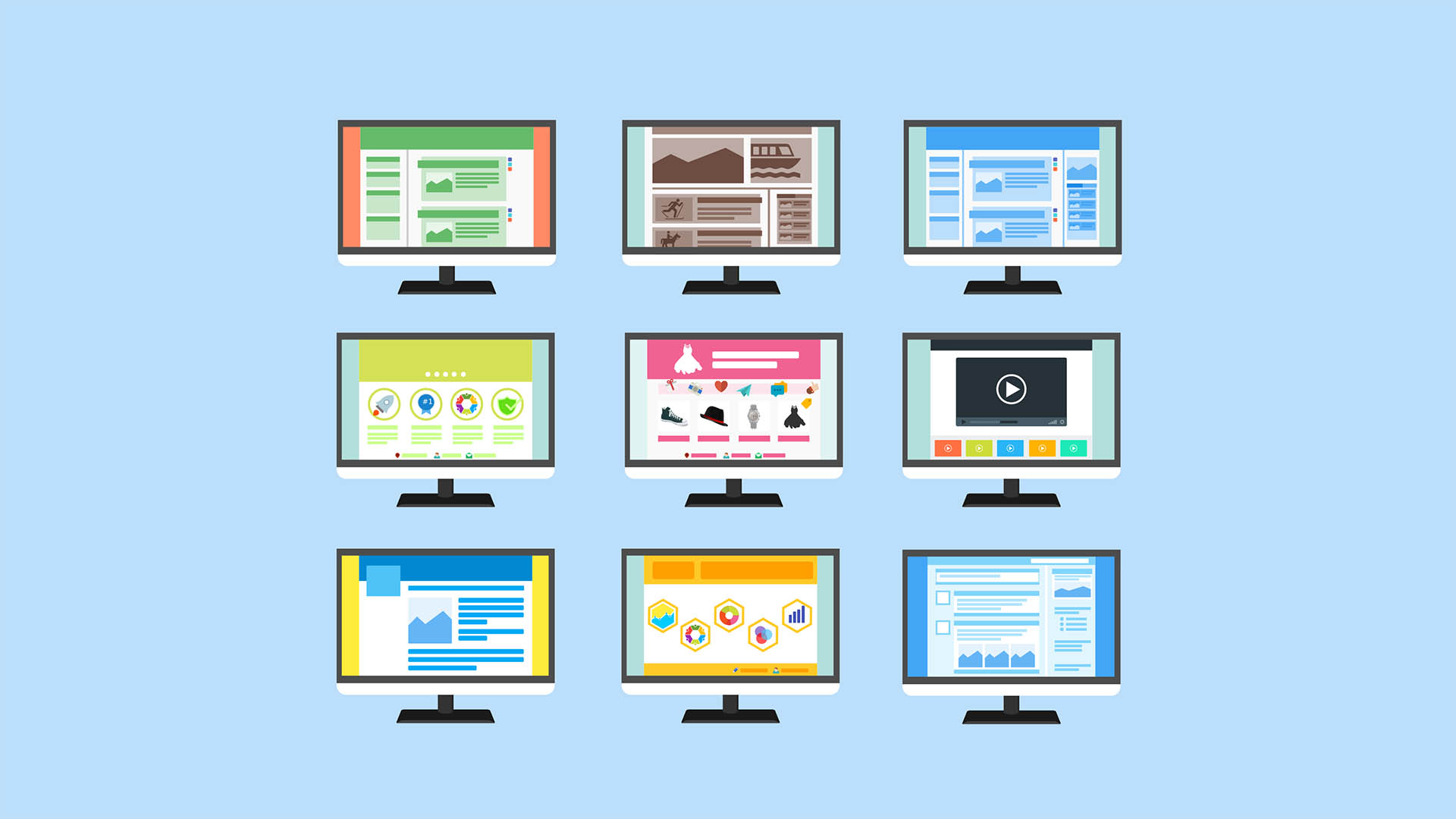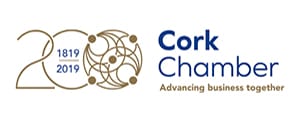With users having access to many platforms on the internet, the need to be engaging has never been so important for websites and to meet this challenge, website design trends for 2023 will be focusing more and more on creating engaging, relevant, and accessible experiences for users. Some of the design trends for 2023 include motion design, minimalism, authenticity, personalization, and accessibility to achieve these goals. Let’s take a brief look at what’s involved in each of these design trends…
Motion design:
Motion design is the use of animation and movement to create a more engaging and visually appealing experience for users. It can be used to draw attention to important elements, create a sense of movement and excitement, and make websites more interactive. This trend is being driven by the increasing availability of high-speed internet, which allows for smoother and more fluid animations. Here are some of the benefits of using motion in your website design:
- Increased engagement: Motion design can help to capture and hold users’ attention, which can lead to increased engagement with the website.
- Improved understanding: Motion design can help to improve users’ understanding of the content on the website by making it more visually appealing and easier to follow.
- Enhanced branding: Motion design can help to enhance a website’s branding by creating a more memorable and unique experience for users.
- Increased conversions: Motion design can help to increase conversions by making it easier for users to take desired actions, such as signing up for a newsletter or making a purchase.
Of course, there are also some challenges to using motion design in websites. One challenge is that it can be difficult to create motion design that is both effective and aesthetically pleasing. Another challenge is that motion design can be expensive and time-consuming to create. Overall, the benefits of using motion design in websites outweigh the challenges. If you are looking to create a website that is more engaging, informative, and memorable, then motion design is a great option.
Here are some tips for using motion design in websites:
- Try to use motion sparingly: Too much motion can be overwhelming and distracting, so it is important to use motion sparingly
- Use motion to highlight important elements: Motion can be used to highlight important elements on a website, such as call-to-action buttons or product images
- Use motion to guide users through the website: Motion can be used to guide users through the website by creating a clear and logical flow
- Using motion to create a sense of excitement: Motion can be used to create a sense of excitement and energy on a website
- Use motion to tell a story: Motion can be used to tell a story on a website, which can help to engage users and keep them coming back for more
Some examples of motion design in web design include:
- Animated logos and icons
- Parallax scrolling
- Animated illustrations
- Animated transitions between pages
Minimalism:
Minimalism is a design style that is characterised by its use of simple, clean lines and a limited number of elements. There are many benefits to using minimalism in web design.
First, it can help to improve the user experience. When there are fewer elements on a page, it is easier for users to scan the content and find what they are looking for. This can lead to faster page load times, improved SEO, and increased conversions. Second, minimalism can help to create a more aesthetically pleasing website. When there is less clutter on a page, the website design is more likely to be visually appealing to users. This can help to improve the overall branding and reputation of a website. Third, minimalism can help to improve the performance of a website.
When there are fewer elements on a page, the website will load faster and use less resources. This can lead to a better user experience and improved SEO.
Of course, there are also some challenges to using minimalism in web design. One challenge is that it can be difficult to create a minimalist design that is still visually appealing and engaging. Another challenge is that minimalism can be limiting in terms of the amount of content that can be displayed on a page. Overall, the benefits of using minimalism as a website design trend outweigh the challenges. If you are looking to create a user-friendly, aesthetically pleasing, and high-performing website, then minimalism is a great option.
Minimalist designs can be very effective at creating a sense of calm and focus, which can be helpful for users who are bombarded with information on a daily basis. Some examples of minimalism in web design include:
- Use simple fonts and colours
- Create a lot of white space
- Limit the number of navigation options
- Focus on one main message per page
- Use large, high-quality images
- Use negative space to create visual interest
- Be consistent with your design elements
- Test your design with users to get feedback
Authenticity:
Authenticity design is a design approach that focuses on creating websites that are genuine and true to the brand or organisation they represent. Authenticity design can be a powerful tool for building trust with users and creating a more engaging website experience. By following these tips, you can create a website that is both authentic and effective;
- Realistic imagery: Using high-quality, realistic imagery can help to create a sense of authenticity on a website. This can be especially important for websites that sell products or services, as it can help users to visualize what they are buying.
- Personal stories: Sharing personal stories can help to make a website more relatable and authentic. This can be done through blog posts, testimonials, or other forms of content.
- A clear and concise voice: The voice of a website should be clear and concise, and it should reflect the brand or organisation it represents. This can be done by using consistent language and tone throughout the website.
- Authenticity is key to building trust with users. When users feel like they can trust a website, they are more likely to engage with its content and take desired actions, such as making a purchase or signing up for a newsletter.
- Use real people in your imagery. This could be your employees, customers, or even just people you find on the street.
- Tell stories about your products or services. This could be how they were created, how they are used, or even just a funny anecdote about them.
- Be transparent about your business practices. Let people know where you are located, who you are owned by, and how you make money.
- Be responsive to feedback. If people have questions or concerns, be sure to address them promptly and honestly.
Personalisation:
Personalisation is the customisation of a website’s content, layout, or features to the individual needs and interests of a user. It can be used to improve the user experience, increase engagement, and boost conversions.
There are many ways to personalize a website. Some common methods include:
- Using cookies and other tracking technologies to collect data about users’ browsing behaviour. This data can then be used to personalize the content that users see, such as recommending products or services that they are likely to be interested in.
- Asking users for their preferences when they first visit the website. This information can then be used to personalize the website’s content, layout, and features.
- Using artificial intelligence (AI) to personalize the website’s content and features in real time. This allows the website to adapt to the user’s changing needs and interests.
- Personalization can be a powerful tool for improving the user experience. When users feel that a website is tailored to their individual needs, they are more likely to engage with the content and take desired actions, such as making a purchase or signing up for a newsletter.
In addition to improving the user experience, personalisation can also help to increase engagement and boost conversions. For example, a study by Forrester Research found that personalised emails have a 20% higher open rate and a 10% higher click-through rate than non-personalised emails.
Overall, personalisation is a valuable tool for website owners who want to improve the user experience, increase engagement, and boost conversions. By using personalisation techniques, website owners can create a more relevant and engaging experience for their users, which can lead to improved business outcomes.
Accessibility:
Accessibility design is the practice of designing websites and other digital content so that they can be used by people with disabilities. This includes people with visual impairments, hearing impairments, mobility impairments, and cognitive impairments. There are many benefits to designing websites with accessibility in mind. First, it can make your website more accessible to a wider range of people. This can lead to increased traffic, engagement, and sales. Second, it can help to improve your website’s search engine ranking. Third, it can help to protect your website from legal liability.
There are a number of things you can do to make your website more accessible. Some of the most important things include:
- Using high-contrast colours and fonts
- Providing alternative text for images and other non-text content
- Making sure your website is keyboard-navigable
- Providing transcripts for audio and video content
- Making sure your website is compatible with screen readers and other assistive technologies
There are a number of resources available to help you make your website more accessible. The Wave website is a great resource for information and resources on web accessibility. The Web Accessibility Initiative (WAI) also provides a number of accessibility guidelines and tools that can help you make your website more accessible.
By following these tips, you can make your website more accessible to people with disabilities. This can help to improve the user experience for everyone, and it can also help to protect your website from legal liability.
These are just a few examples of the top web design trends for 2023. By keeping up with these trends, businesses can create websites that are more engaging, relevant, and accessible to users. If you’ve got any questions about these trends, or if you want to update your website to include some of these suggestions, get in touch and let’s see how we can help you.


